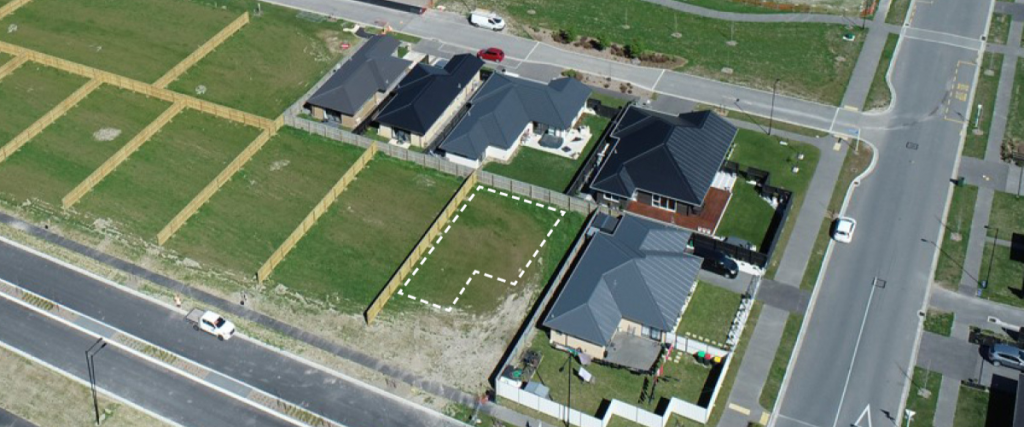Subdividing is no small feat in itself, in fact some say it’s not for the faint-hearted and it is definitely not the easy answer to simply add value to your property quickly, or on the cheap. If you’re looking to create an additional income, or accommodate a growing family, making the most of your land can be a great option.
To help decide if subdividing might be right for you, here are seven critical things to know before putting your property under the knife.
- Time and process
Subdividing is a lengthy process that can, on average, take a year or more to complete. It is strictly regulated, requires council consent, site reports conducted, planning, surveying, building suitability, approvals and much more. Things that are required to first check the feasibility of your subdivision include;
- Resource Consent Application
- Site Plans
- Assessment of Environmental Effects
- Negotiation with Council
- Approval of the consent by Council
- Design of access and service connections
- Installation of services (power, water, wastewater and accessways)
- Specialist reports (engineers, planners, geotechnical, traffic design, Iwi etc.)
- Legal surveying and lodgement of data with Land Information New Zealand

2. Cost and your overall budget
In-fill subdivisions are generally the most economical form of subdivision. This is because existing services and infrastructure usually just need adding onto or extending giving you the option of selling the land, and keeping your current home on a reduced site area.
There are two aspects when it comes to costs:
Survey costs: You are looking at anywhere from $7k but most likely anywhere up to $15k.
Subdivision costs: For a straightforward subdivision, creating one new title, you could expect to be investing upwards of $100k. If you are adding more than one new title there can be cost efficiencies.
Green Homes Tip: When looking at the price of a section, it is roughly made up in thirds, one-third land cost, one-third development costs and one-third profit and risk. The existing title of the subdivision will often not devalue much and if the sale price of a new title/section in your area is around $450,000 then you could expect that you could invest around $150,000 to produce it.
3. Council requirements
The most important first step is to make sure that subdividing your property is actually allowed in your area. Jump online and check with your local council to see if subdividing is permitted at your address and if there are any specific requirements you need to follow. Depending on your location, there will be rules on minimum land size requirements, driveway access, height restrictions of new dwellings, and heaps more. Your council will be the best source of knowledge before you go any further.
4. Weigh up your choices
Consider the value of your existing property and whether subdividing it makes financial sense. You may want to work with a real estate agent or property valuer to help determine the value of your property and what you may gain or lose by making this decision.
5. Call in the big guys
Specialists like surveyors and engineers will be a great resource to determine whether or not a subdivision is doable, and justifiable. A surveyor will help you determine the boundaries of your property and create a map of the proposed subdivision. Whereas an engineer can help you design the infrastructure for your subdivision, including roads, utilities, and drainage.
6. Check your surroundings
Consider the impact your property might have on your neighbors and the community. Subdividing your property can change the look and feel of your neighborhood, so it’s important to consider the impact on your property and your neighbors.
7. Get the green light
Obtain necessary consents: Make sure you have all of the necessary consents in place before beginning any work on your subdivision. This might include a resource consent and a building consent.

So, with all this to consider, how do you think your property shapes up and are you ready to subdivide? Chat to one of our team today if you’re after some expert advice or would like a guiding hand to get started.

